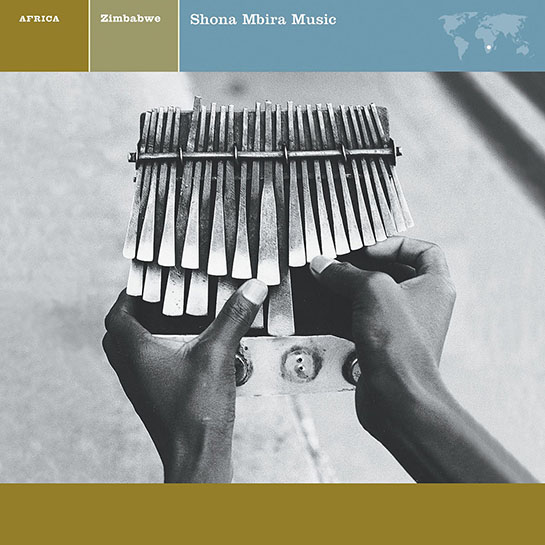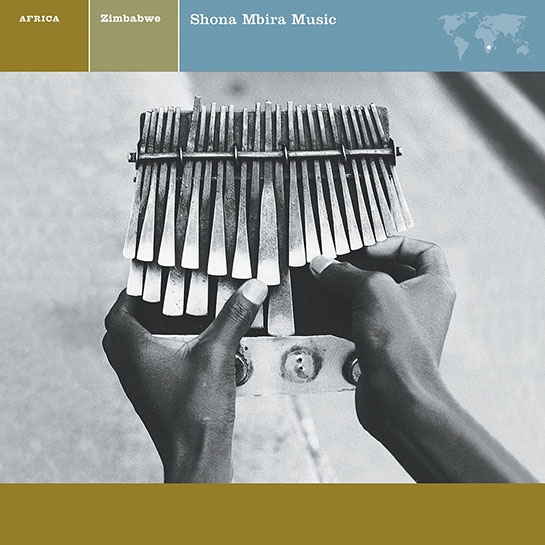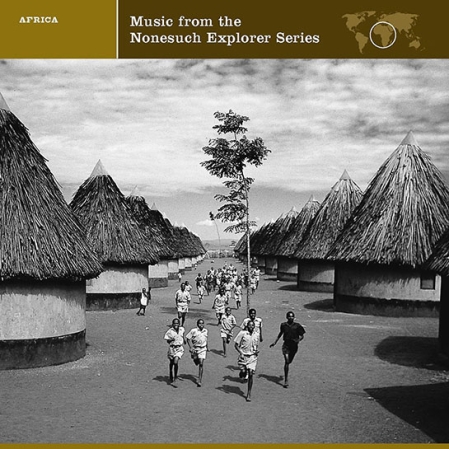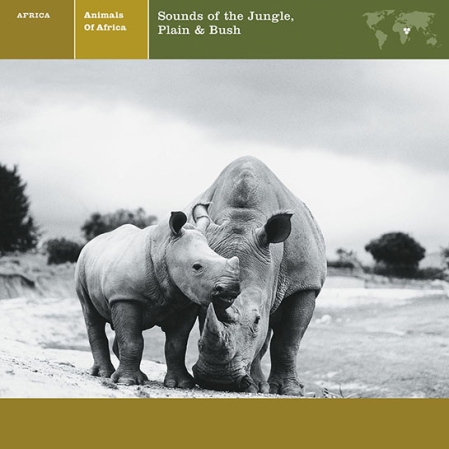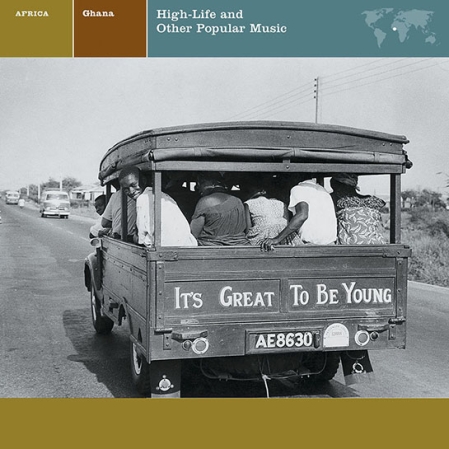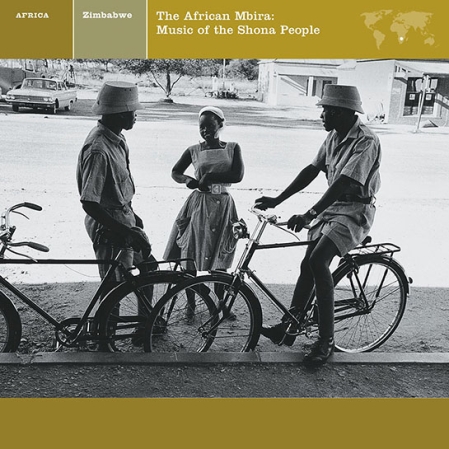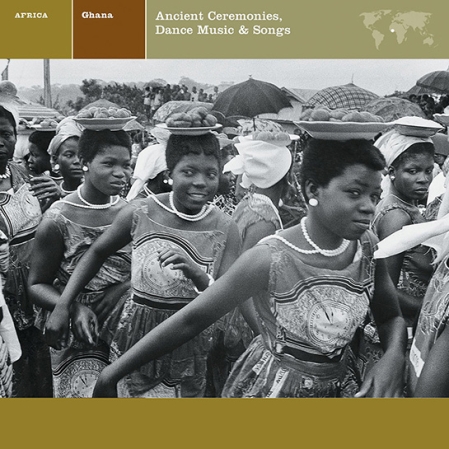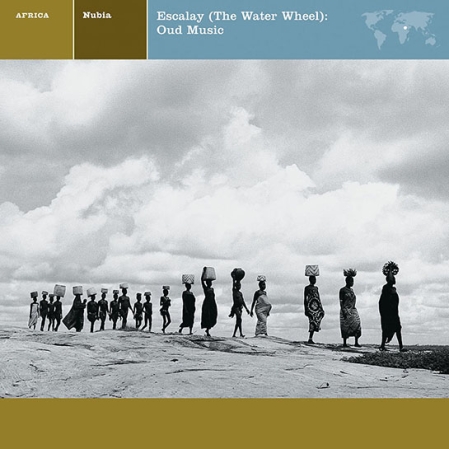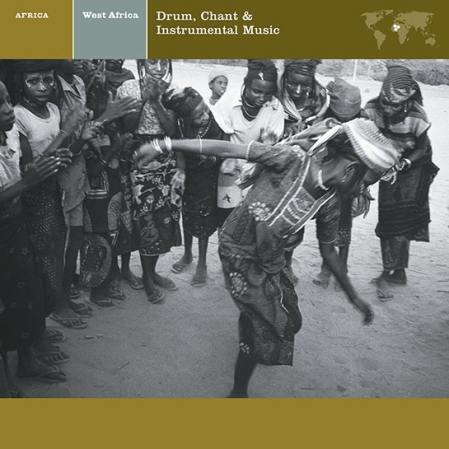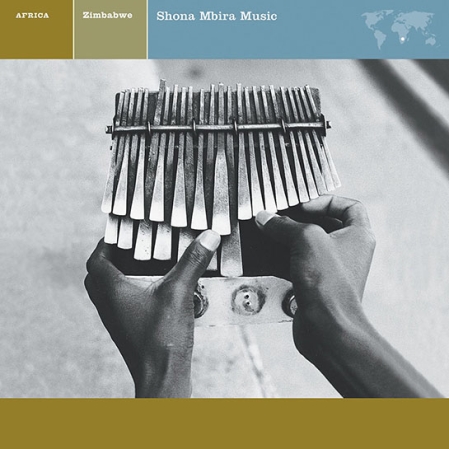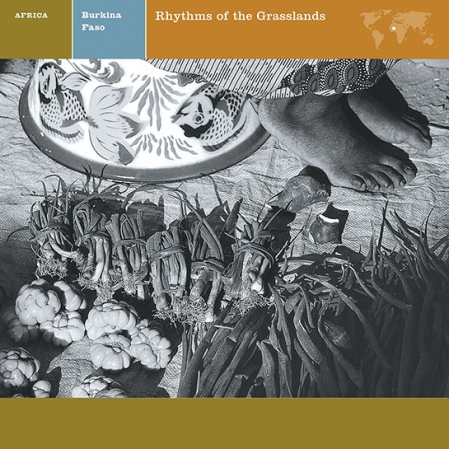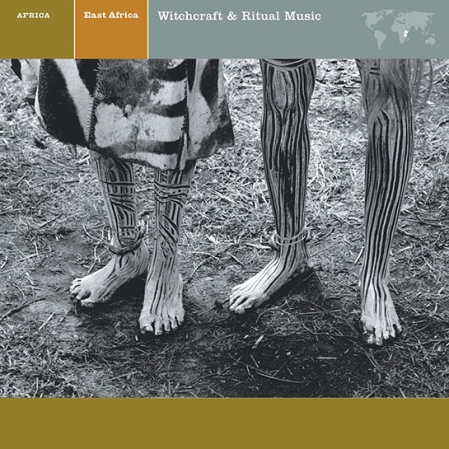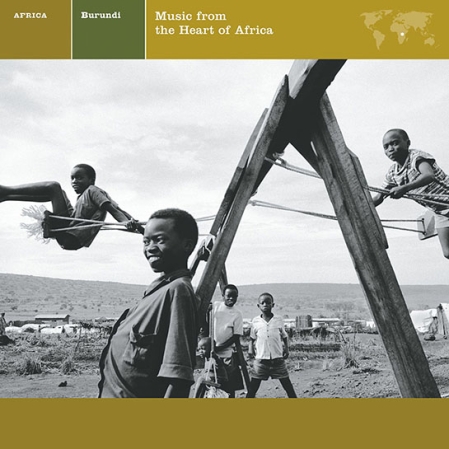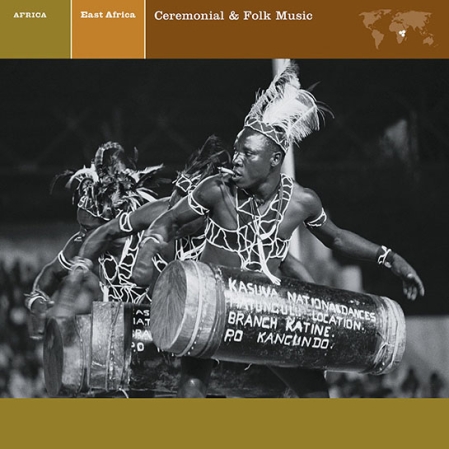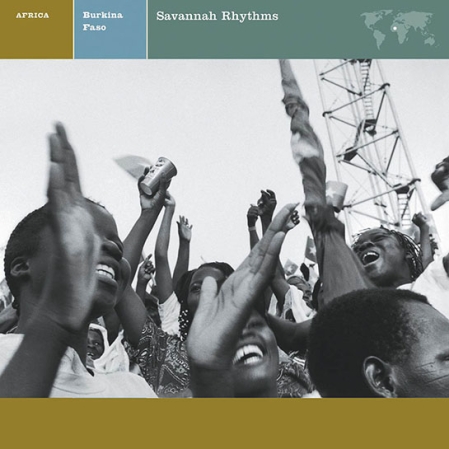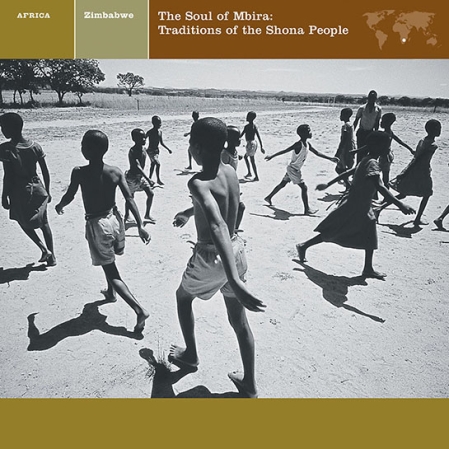The second of producer Paul Berliner’s two volumes of recordings of the mbira (a gourd-resonating thumb piano and a core instrument in Shona culture), this album, from 1977, features the mbira dzavadzimu, one of the five major forms of the instrument, performed in ensemble by one of the country’s preeminent groups, including soloist Hakurotwi Mude.
Originally released in 1977 as Africa: Shona Mbira Music (H-72077)
In order to provide a historical context for this recording, the liner notes that accompanied its original release have been reprinted in full below. The text has not been edited to reflect changes in general cultural perceptions or specific factual information that may have occurred since then. —Ed.
These recordings were made during a period of dramatic political change in the history of Rhodesia, which led ultimately to the country's independence in 1980, and its subsequent renaming to Zimbabwe. Since the record’s initial publication, a number of place names have been changed: the former capital, Salisbury, is now called Harare; Ft. Victoria is now called Masvingo; University of Rhodesia is now University of Zimbabwe; Mondoro, is now represented as Mhondoro, Highfields as Highfield.
We regret the passing of two distinguished artists heard on this disc: Justin Magaya and Ephat Mujuru.
—Paul Berliner, 2002
Mbira music is one of the most popular traditional arts of black Africa, and the Shona musicians of Zimbabwe (Rhodesia) are among the instrument’s most distinguished players. This recording features the mbira dzavadzimu (“mbira of the ancestors”), one of the five major Shona forms of the instrument. It is largely associated with the Zezuru people of central Zimbabwe but is also played in other parts of the country. The mbira dzavadzimu is constructed with 22 to 24 steel keys mounted on a bridge over a hardwood soundboard that are played with the thumbs (plucking downward) and right index finger (plucking upward). During performances the instrument is placed inside a large gourd resonator decorated with shells or, more recently, bottle tops. The gourd shapes and amplifies the sound of the mbira, and the shells provide a buzzing quality – an integral part of the music.
The mbira dzavadzimu is an important ritual instrument, and its repertory of as many as 100 pieces has been passed down orally from one generation to the next. At religious ceremonies the instrument is thought to have the power to project its sound into the heavens, attracting the attention of the ancestral spirits. In the hands of skillful players the mbira can draw these spirits down to earth to possess mediums or unsuspecting participants. Listeners find that the music has a powerful effect upon them – it stimulates the imagination and makes them “think deeply.”
While the mbira dzavadzimu may be played as a solo instrument, it is most often used in small ensembles that include two or more mbira players, a hosho (gourd rattle) player, and one or more singers – frequently the mbira players themselves. The mbira ensemble featured on this album is Mhuri yekwaRwizi (“Family of [Chief] Rwizi”), one of the most famous groups in Zimbabwe. Its leader is the distinguished mbira player and singer Hakurotwi Mude, who is also a well-known spirit medium and a skilled upholsterer.
- PAUL BERLINER, 1977
PRODUCTION CREDITS
Originally released in 1977 as Africa: Shona Mbira Music (H-72077).
Recorded in Mondoro & Highfields, Zimbabwe by Paul Berliner
Edited and mastered by Robert C. Ludwig (Masterdisk Corp.)
Coordinator: Theresa Sterne
Re-mastered by Robert C. Ludwig
Design: Doyle Partners
Photography: Paul Berliner
79710
